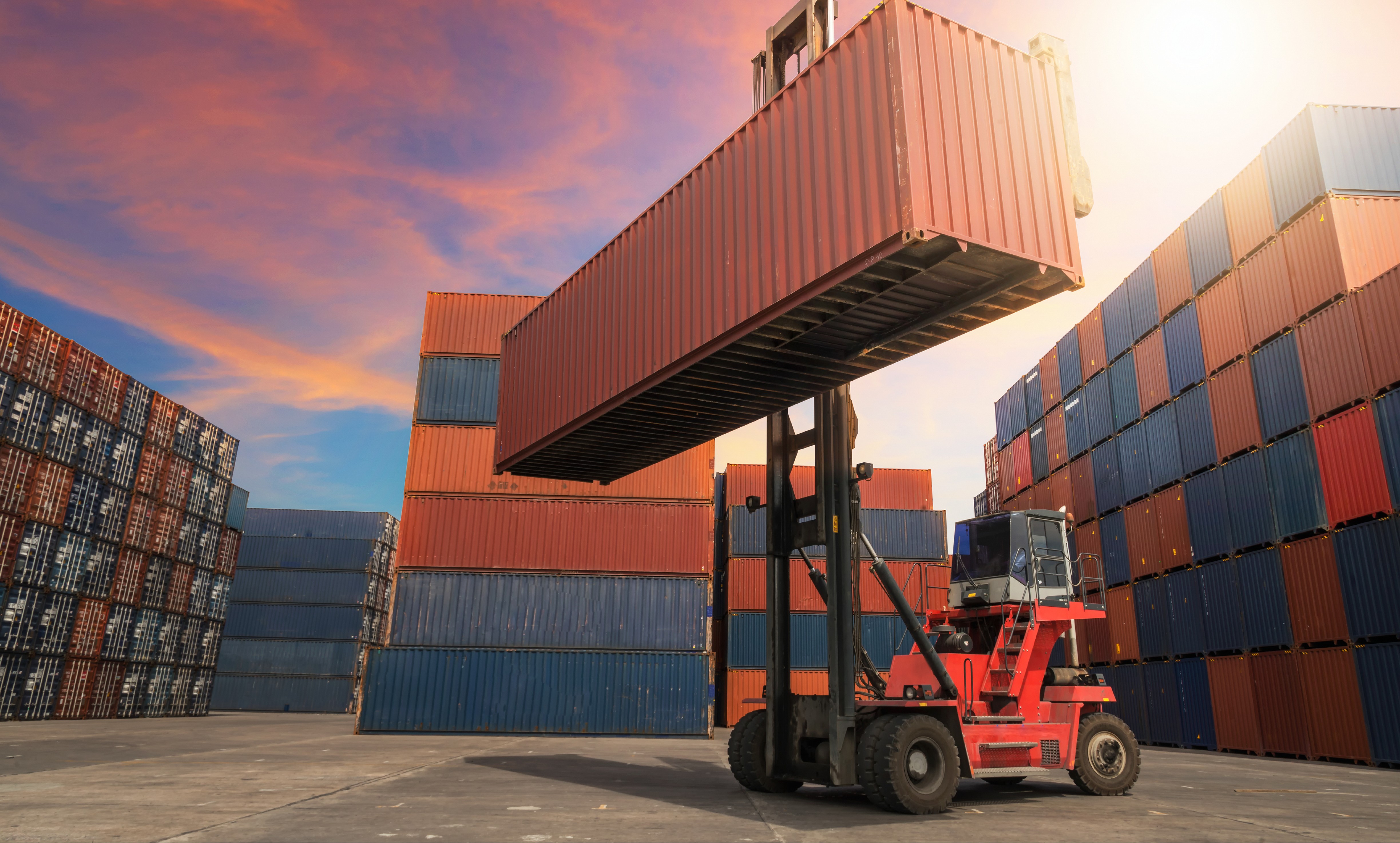

Office No. 3/2, 4th Floor, Prakash Landmark, Opp. Panjarpol, Pune-Nashik Highway, Bhosari, Pune - 411039

Recent shortages have underscored the vital role the supply chain plays in our everyday lives. The perceived ease with which products normally appear on our doorsteps and store shelves makes the supply chain easy to overlook, but it is in fact an immensely complex set of processes that involve everything from the procurement of raw materials to transportation, storage and distribution. Material handling is an integral part of the supply chain. In this article, discover what material handling is, why it’s important, and which principles and equipment are needed for it to function effectively.
Simply put, material handling is the short-distance movement of goods either within a building or between a building and a transportation vehicle. It includes activities such as loading and unloading trucks, placing individual items on pallets to make unit loads, retrieving products from shelves to be shipped out, and much, much more. Material handling takes place throughout the supply chain. Raw materials must be received before they can be used to manufacture finished products, which then need to be moved and prepared for shipment. They are consolidated into units and loaded onto trucks for transportation. Once they arrive at warehouses, they must be unloaded, processed and placed on racks for storage. And finally, when they are needed, they must be taken out of storage and prepared for distribution.
Materials need to be handled carefully at every step of the supply chain to make sure they arrive at their destinations intact. A material handling system should be put in place to optimize the movement of goods and materials around manufacturing and storage facilities. A well-designed material handling system can improve customer service, lower costs and reduce the risk of accidents and damage. With a material handling system in place, products will be easier to find, orders will be filled more accurately, and there will be fewer worker accidents and injuries.
Material handling often involves moving very large, heavy and/or bulky items. With modern technology, there is a variety of equipment that can be used to facilitate the task and reduce the loads that material handlers need to move manually. Goods can be moved by cranes, conveyors, forklifts or pallet jacks. They are usually consolidated into unit loads on wood pallets to make them easier to transport. Pallets are platforms with enough clearance underneath to accommodate the forks of a forklift or pallet jack.
Pallet racks are shelves that are designed to increase storage space while keeping pallets accessible to forklifts and other equipment. They can be used to make the most of vertical space and liberate floor space.
Industrial packaging plays an essential part in protecting items during transportation and storage. Particularly fragile products may need cushioning and shock absorption systems to keep them intact throughout the supply chain. Medical and pharmaceutical equipment and products often require temperature control. There are companies that provide custom packaging design solutions for specific needs.